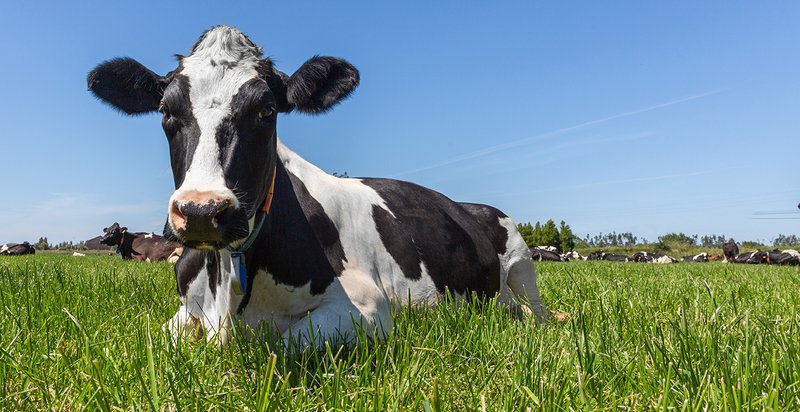As the daylight hours increase and all the signs indicate that Winter is on the run and Spring has arrived, it’s at this time that I asked, “Are my cows doing as well as they can be?”
It’s a hard question. There are a lot of variables that go into every farming operation and as such it’s important to understand “What are you actually offering the cows?”
Spring brings increased grass growth, but it gets to a point where pasture quality can be hard to control and as such cows are pushed to be eating grass as it becomes ‘use it or lose it’. Grass is the cheapest form of feed and being the feed base of 99.9% of New Zealand dairy herds, as well as a significant percentage of Australian dairy herds, we understand why grass is vital. However, you need to be asking yourself - “What’s in the grass? Is this all I need to be getting the most out of my herd?”
Springtime feeding can be challenging. Grass is growing strongly and rapidly, high in protein and (once first grazing is complete) the dry matter of the grass is very low, as is fibre level.
Often it is observed on farm at this time of year are cows chock-a-block full of grass and farmers assuming that the cows are fully fed. Yes, the cows are physically full, however it doesn’t mean that they are fully fed.
One of the biggest mistakes that’s made at this time of year is not fully understanding the DM% of pasture. Far too many of us all make assumptions on things like DM%, ME levels and protein. Get these indicators wrong and quickly you have an animal that is fully fed, but nutritionally starving.
Assume the cow is eating 16kg pasture. If the DM% is 25 that equates to 64kgs of wet grass as fed. Let’s assume its Spring flush pasture and the DM% is only 15% (often we see even lower than this). The cow will need to ingest 106kg of wet grass to get the same value or nutrition from that grass. It’s a huge effort to be eating that much, which most cows physically can’t do.
Take it one step further, at the 25%DM scenario the cow will be receiving 195mjME (assuming pasture is around 12.2mjME/kgDM). The same cow in spring eating low DM pasture can only fit in about 80kg wet grass so despite looking fully fed and full in the gut the cow is only getting around 12kgs of dry matter – about 146mjME. That is nearly 50mjMe less than a higher DM pasture, equating to around 7 litres of milk.
That is a huge amount over each cow each day.
There is not a quick solution. The pasture flourishes during spring and you must utilise it. However, it is important to take the above analysis into consideration when addressing the question “Are my cows doing as well as they can be”?
Unfortunately, the response to most is “NO”.

Feeding is all about balance and utilising all resources available.
In this situation you are trying to use all the grass you grow to ensure you don’t waste feed and reduce costs - but is 7 litres of milk a figure you are prepared to miss for the sake of eating as much grass as possible?
Although an additional investment, you would be better off to feed less pasture and provide an energy/starch rich supplement to compliment what pasture you are feeding. Then make a call early to shut more paddocks up for silage.
At a minimum, test the DM% of grass 2-3 times every couple of months. Like everything, assumptions can be good, but solid information is vital to getting the best out of your herd.
Castlegate James representatives in New Zealand and Australia can all recommend relevant energy and starch rich products that will compliment your pasture feeding regime.
They would be happy to take your call and discuss the options or provide advice on Castlegate James range of products and how to improve productivity of grass-fed cows.
Greg Pillar
General Manager - Commercial New Zealand
Castlegate James